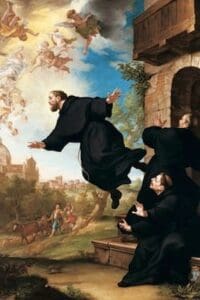 St. Joseph of Cupertino
St. Joseph of Cupertino
Explore the Saints
Pope St. John XXIII
Canonized on April 27, 2014, Pope John XXIII is venerated as a saint not only by the Catholic Church, but by the Anglican Church of Canada, the Episcopal Church of the United States, and the Evangelical Lutheran Church in America, due to his dedication to promoting Christian unity and the healing, where possible, of the divisions between Christians. Pope John XXIII made his mark on history when he opened the Second Vatican Council on this date, October 11, in 1962.
Pope John XXIII was born on November 25, 1881, in northern Italy, and was baptized Angelo Roncalli. Angelo was the fourth child born to Giovanni Battista Roncalli and Marianna Giulia Mazzolla. His three older sisters and he were followed by nine other children. Unlike the majority of Italy’s popes, Angelo was not born into wealth or power. The Roncallis were humble farmers, albeit with noble lineage. Angelo entered the seminary and, while in seminary, became a member of the Secular Franciscans. He was ordained in 1904, shortly after completing his doctorate in Canon Law in Rome.
During World War I, Angelo was drafted into the army and served as a stretcher-bearer and chaplain. During his time in the army, Angelo saw first-hand the horrors of modern war and the last words of his mentor, Bishop Giacomo Radini-Tedeschi echoed in his ears: “Angelo, pray for peace.” In 1921, Angelo received his first Vatican appointment, and, in 1925, Angelo was appointed Apostolic Visitor from the Vatican to Bulgaria, then later appointed Apostolic Delegate to Turkey, earning him the nickname the “Turcophile Pope” among Turkish citizens. Angelo used his diplomatic connections from these Vatican posts to help save the lives of Jews in Hungary, Bulgaria, and France, and his work advocating for Jewish lives has earned him the title of “Righteous Among the Nations.”
In quick succession, Angelo was appointed the bishop of Venice and named a cardinal in 1953. Just five short years later, he was elected pope in 1958, taking his father’s name, Giovanni, in English, John. As a pope, John was very concerned with the state of the modern world and was gently involved in world affairs, offering to serve as a mediator between the United States and Russia during the Cuban Missle Crisis. Despite the darkness of the times he lived through, John preserved his natural lightness and wit. He was fundamentally optimistic about the modern age, despite seeing its worst, and he led the Church in embracing and shaping modernity when he convened the Second Vatican Council.
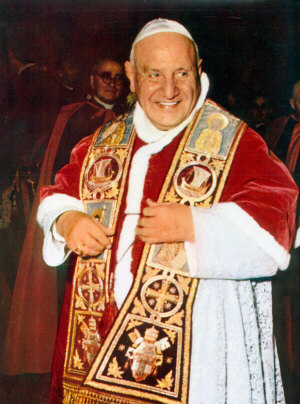
John XXIII said that the idea for the council came to him suddenly, and he informed the College of Cardinals of his idea on the feast of the Conversion of Saint Paul, January 25, 1959. He found that the spirits of his listeners were “immediately moved, as if a ray of supernatural light were shining,” and he saw this as a sign from the Holy Spirit that the council would be a great gift for the church. John XXIII’s decision to open an ecumenical council was a profound statement. The church hadn’t convened an ecumenical council since Pope Pius IX had convened the First Vatican Council in 1869, in which the doctrine of papal infallibility had been declared. Thus, ecumenical councils, wherein the bishops decided matters of doctrine, had an uncertain future after Vatican I. The Second Vatican Council sought to, in John XXIII’s words, “Throw open the windows of the church and let the fresh air of the spirit blow through.”
“The Church has always opposed errors,” John XXIII wrote. “Nowadays, however, the Spouse of Christ prefers to make use of the medicine of mercy rather than that of severity.” In Unitatis Redintegratio, one of the documents created by the bishops at the Second Vatican Council, Christian unity is cited as “one of the principal concerns of the Second Vatican Council.”
Several of his encyclical letters continue to exert great influence on the church today, especially his 1962 letter regarding social progress and the common good, Mater et Magistra, and his 1963 letter on international peace, Pacem in Terris. Much of his work focused on pressing for reforms to support workers, such as promoting a living wage, unions, and working to care for the poor.
Pope John XXIII enlarged the college of cardinals, from which the pope is elected, making it the largest and most internationally representative body it had ever been. He died in 1963, before the Second Vatican Council was completed. His successor, Pope Paul VI presided over the rest of the council and continued John XXIII’s work in promoting Christian unity and opening wide the doors of the church to the world. In the words of Vatican II’s pastoral constitution, Gaudium et Spes: “The experience of past ages, the progress of the sciences, and the treasures hidden in the various forms of human culture, by all of which the nature of man himself is more clearly revealed and new roads to truth are opened, these profit the Church, too.”
John XXIII was beatified in 2000 and canonized a saint along with Pope John Paul II by Pope Francis on April 27, 2014.
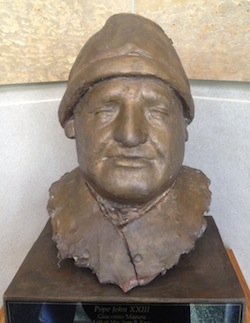
This bust of Pope John XXIII stands in the Hesburgh Center for International Studies on Notre Dame’s campus. Today’s featured illustration of John XXIII is used by high school students who come to campus for a summer conference with the Notre Dame Vision program.
Saint Pope John XXIII, who opened the Second Vatican Council and called upon the church to embrace the world with open arms—pray for us!
To learn even more about Saint Pope John XXIII, watch this video lecture from the McGrath Institute for Church Life at the University of Notre Dame.
Image Credit: (1) Our featured image of Pope St. John XXIII is an illustration by Julie Lonneman, who holds exclusive rights to the further distribution and publication of her art. Used with permission. (2) The photo of St. Pope John XXIII is in the public domain. Last accessed October 3, 2024 on Wikimedia Commons.
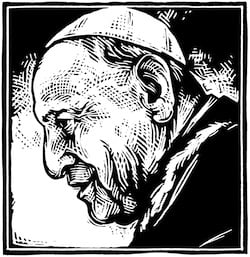
Search Saints
 St. Joseph of Cupertino
St. Joseph of Cupertino
 Sts. Anne and Joachim
Sts. Anne and Joachim
 St. Robert Bellarmine
St. Robert Bellarmine
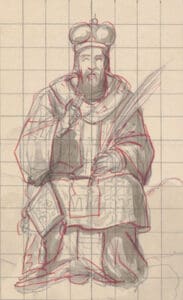 Sts. Cornelius and Cyprian
Sts. Cornelius and Cyprian
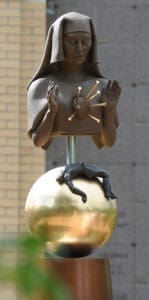 Our Lady of Sorrows
Our Lady of Sorrows
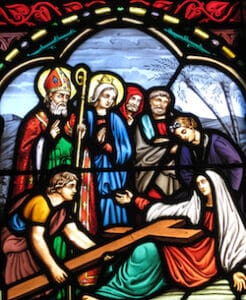 The Exaltation of the Holy Cross
The Exaltation of the Holy Cross
 St. John Chrysostom
St. John Chrysostom
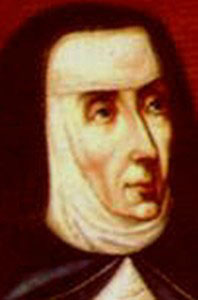 Blessed Victoria Strata
Blessed Victoria Strata
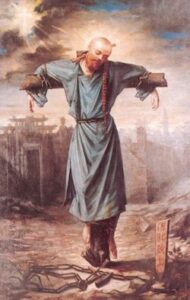 St. John Gabriel Perboyre
St. John Gabriel Perboyre
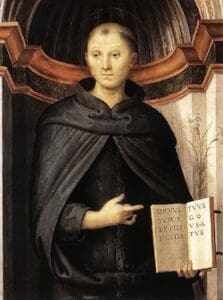 St. Nicholas of Tolentino
St. Nicholas of Tolentino
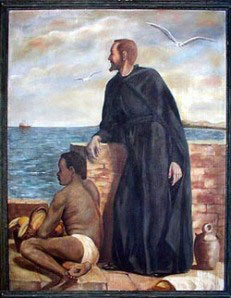 St. Peter Claver
St. Peter Claver
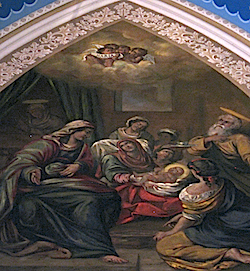 Feast of the Birth of Mary
Feast of the Birth of Mary
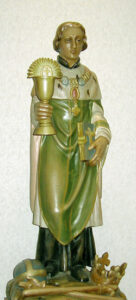 St. Cloud
St. Cloud
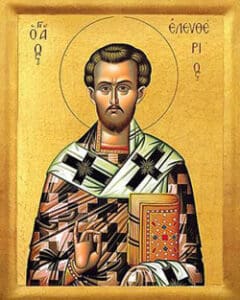 St. Eleutherius
St. Eleutherius
 St. Teresa of Calcutta
St. Teresa of Calcutta
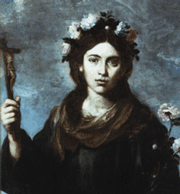 St. Rose of Viterbo
St. Rose of Viterbo
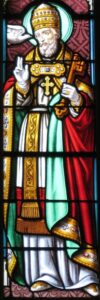 Pope St. Gregory the Great
Pope St. Gregory the Great
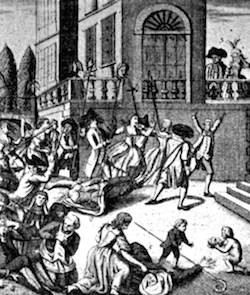 Blessed Jean-Marie du Lau and the Martyrs of September
Blessed Jean-Marie du Lau and the Martyrs of September
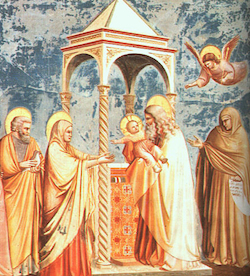 St. Anna the Prophetess
St. Anna the Prophetess
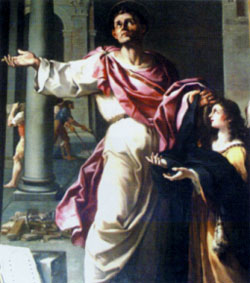 St. Pammachius
St. Pammachius
 Feast of the Beheading of John the Baptist
Feast of the Beheading of John the Baptist
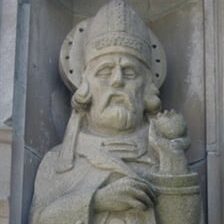 St. Augustine
St. Augustine
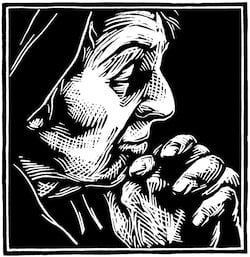 St. Monica
St. Monica
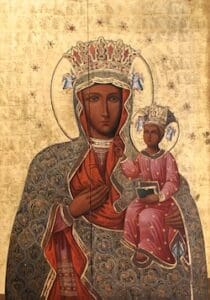 Our Lady of Czestochowa
Our Lady of Czestochowa

